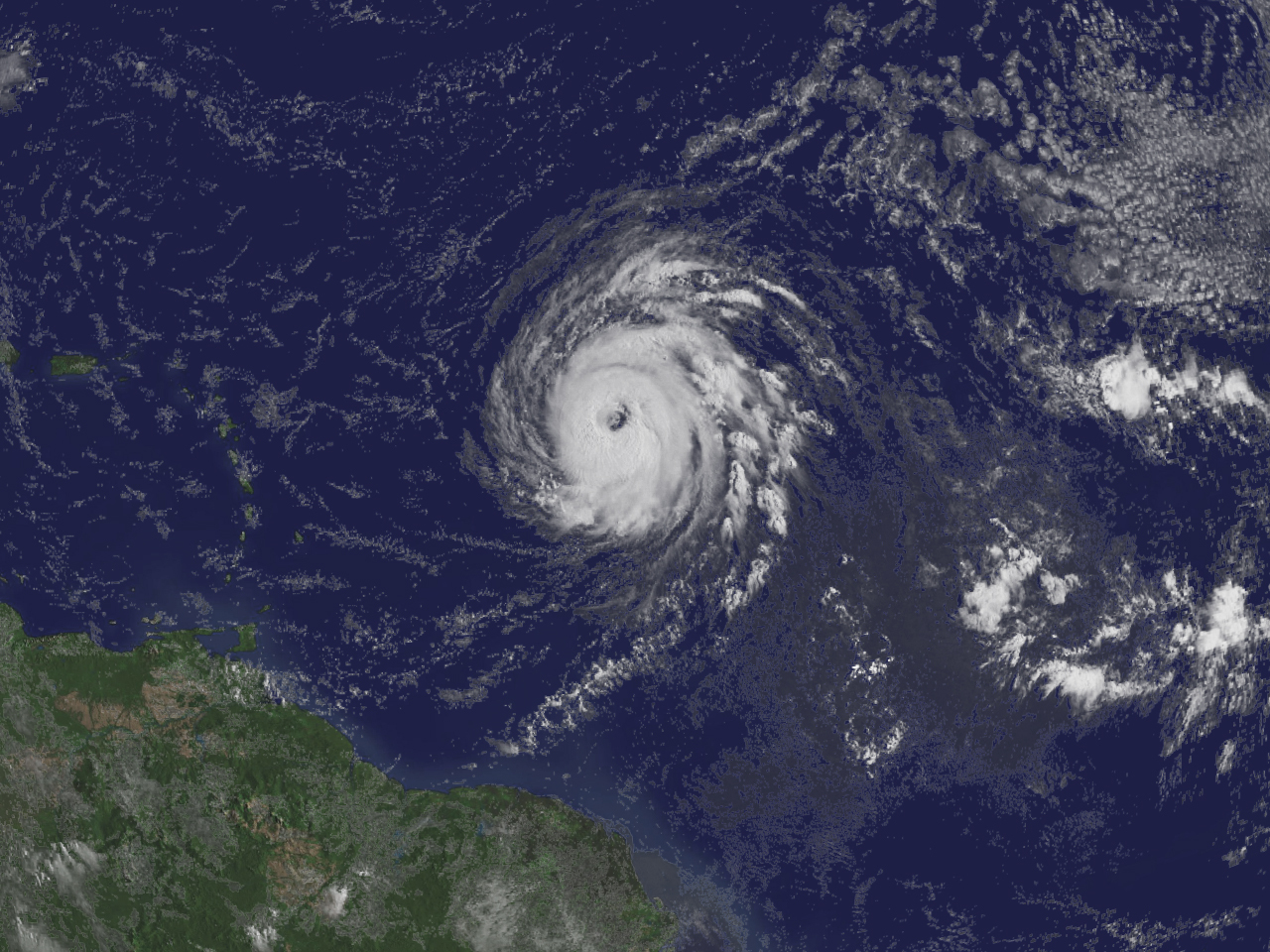An Indiana commission on Wednesday approved the state’s first rules governing the type of temporary outdoor stage rigging involved in last summer’s deadly State Fair stage collapse – regulations intended to protect the public while also insulating smaller events from burdensome requirements.
Members of the Indiana Fire Prevention and Building Safety Commission voted unanimously in favor of the regulations, which board chairman David Hannum said take effect Thursday and will serve as a placeholder until permanent rules are in place.
The new rules apply to outdoor stage rigging structures that hold overhead lighting, sound and other equipment. The regulations cover only those structures that are not attached to a permanent stage and which are in place for no more than 45 days in any one year.
A state law passed during this year’s legislative session directed the commission to adopt the temporary rules in the wake of the Aug. 13 stage rigging collapse that killed seven people and injured nearly 60 others before a scheduled Sugarland concert at the state fairgrounds.
That tragedy, which occurred when high winds toppled the rigging onto people below, exposed a loophole in Indiana law. Although state law had long required permanent stages to be inspected, temporary stage equipment erected on those stages was not regulated under state code.
Hannum said he believes the new rules, which require inspections for temporary stage rigging structures, will be in effect until Jan. 1, 2014. He said the rules “shouldn’t be difficult at all” for venues and local officials to comply with.
“The biggest improvement is if there’s something over the head of the public it will be certified as safe – it’s not going to fall under any normal set of circumstances. That’s what engineers do,” he said.
One of the rule’s main elements is requiring larger events with outdoor stages that feature freestanding overhead rigging to have a site plan prepared by an engineer that details the dimensions of those elements, and where audience members will be located, he said.
Smaller fairs and festivals would be exempt from most of the regulations, with the exception of preparing an evacuation plan, if they create a buffer zone around their stages that extends 8 feet beyond the height of the rigging to protect fans in case of a collapse. That exemption would apply only to temporary outdoor stage equipment that does not extend higher than 20 feet above the stage surface.
“What the rule says is that you can erect without an engineer’s guidance if you assure that the public is kept completely safe. We wrote it so that there’s no public allowed in the fall zone of anything you put overhead,” Hannum said.
The temporary rules approved Wednesday do not include details of what officials need to include in their evacuation plans. Those specifics will be drafted by a legislative study committee that will meet over the summer to recommend permanent rules to the General Assembly.
State Fire Marshal Jim Greeson said his agency’s staff has been inspecting temporary stage rigging structures since the General Assembly passed legislation March 16 requiring the commission to draft the temporary regulations. He said he’s spoken to numerous county fair organizations since then to help them with their planning for this summer’s events.
Greeson said his department has more than 40 code enforcement staff members as well as office staff trained in code enforcement to travel around the state to help inspect the temporary stage equipment in the coming months as the state’s prime festival and fair season gets under way.
He said the state fire marshal’s office also will be able to rely on trained staff in local jurisdictions to help with those reviews.
“I’m very confident that we’ll be able to meet the need. We’ll be busy no doubt … We’ll do what we need to do to make sure we’re out there around the state looking at these structures and speaking to folks,” Greeson said.
Was this article valuable?
Here are more articles you may enjoy.

 Family of Canadian CEO Killed in Helicopter Crash Files $35 Million Lawsuit
Family of Canadian CEO Killed in Helicopter Crash Files $35 Million Lawsuit  An Unusually Active Hurricane Season Is in Store for the Atlantic
An Unusually Active Hurricane Season Is in Store for the Atlantic  VW, Stellantis, Renault Among Firms Fined $495M Million by EU
VW, Stellantis, Renault Among Firms Fined $495M Million by EU  Catastrophe Experts Tap AI to Tackle Soaring Insured Losses
Catastrophe Experts Tap AI to Tackle Soaring Insured Losses 